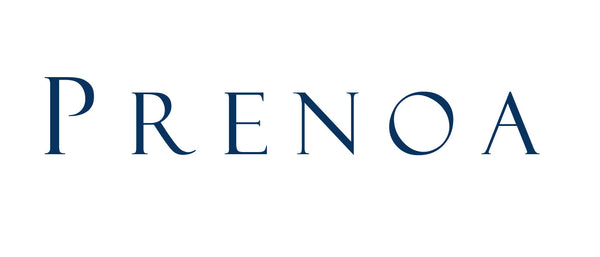The Halfpenny: Everyday Currency of the Past
A Humble Hero of British Coinage
Long before decimalisation in 1971 and contactless cards, the British halfpenny — or ha’penny — jingled in the pockets of millions. Though modest in value, it played a big role in everyday life, buying sweets, newspapers, and even helping children learn maths.
The halfpenny served as a bridge between monarchs and markets, evolving in design, weight and material — but always grounded in the rhythms of ordinary people. Here, we trace the story of the halfpenny, from its medieval roots to its final issue in 1984.
A Brief History of the Halfpenny
Early Origins (13th–16th centuries)
-
First issued as silver hammered coins under Henry III.
-
Tiny in size and often cut from larger pennies.
Copper Revolution (17th–18th centuries)
-
Under Charles II (1672), copper halfpennies became standard.
-
Aimed at preventing fraud and easing small transactions.
Victorian Era: The People's Coin
-
Mass-produced with the iconic Bun Head and later Veiled Head designs.
-
Used widely across the Empire — a symbol of domestic trade and modesty.
20th Century Designs
-
Bronze halfpennies issued under George V, George VI, and Elizabeth II.
-
Notable for the sailing ship reverse (Sir Francis Drake’s Golden Hind).

-
Final issue: 1984 — then withdrawn due to inflation and redundancy in modern pricing.
What Was a Halfpenny Worth?
-
Face Value: Half of one old penny (1/480th of a pound)
-
Could buy: a boiled sweet, a local newspaper, or a handful of broken biscuits!
-
Today’s Value: While not valuable in face terms, their bronze content, historical interest, and vintage charm make them popular with collectors and jewellery lovers alike.
Some early copper and silver halfpennies can fetch £10–£100+ depending on rarity and condition.
Halfpennies in Jewellery
At Prenoa, we transform real halfpennies into heirloom jewellery — preserving their legacy in wearable form. Whether gifted for a birthday, worn as a good luck token, or passed on to younger generations, these coins carry more than monetary value. They carry stories of simpler times.
-
Bronze halfpennies (1937–1970) — earthy, warm tones for rustic or vintage looks
-
Half new pennies, both as proof and circulated coins on bangles and pendants
-
Custom jewellery commissions welcome
Related Coin Histories
Want to learn more about Britain’s historic currency?
Explore other coins from the past:
🛒 Shop Real Coin Jewellery
Explore our collection of handcrafted jewellery made from real British coins, including halfpennies from the twentieth century.
